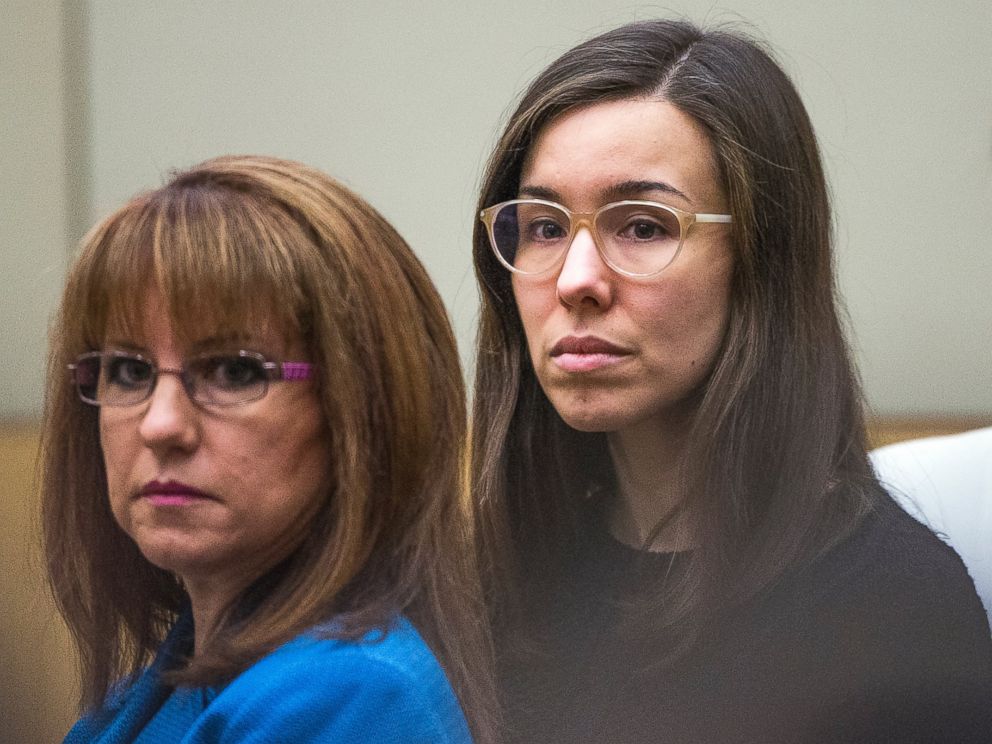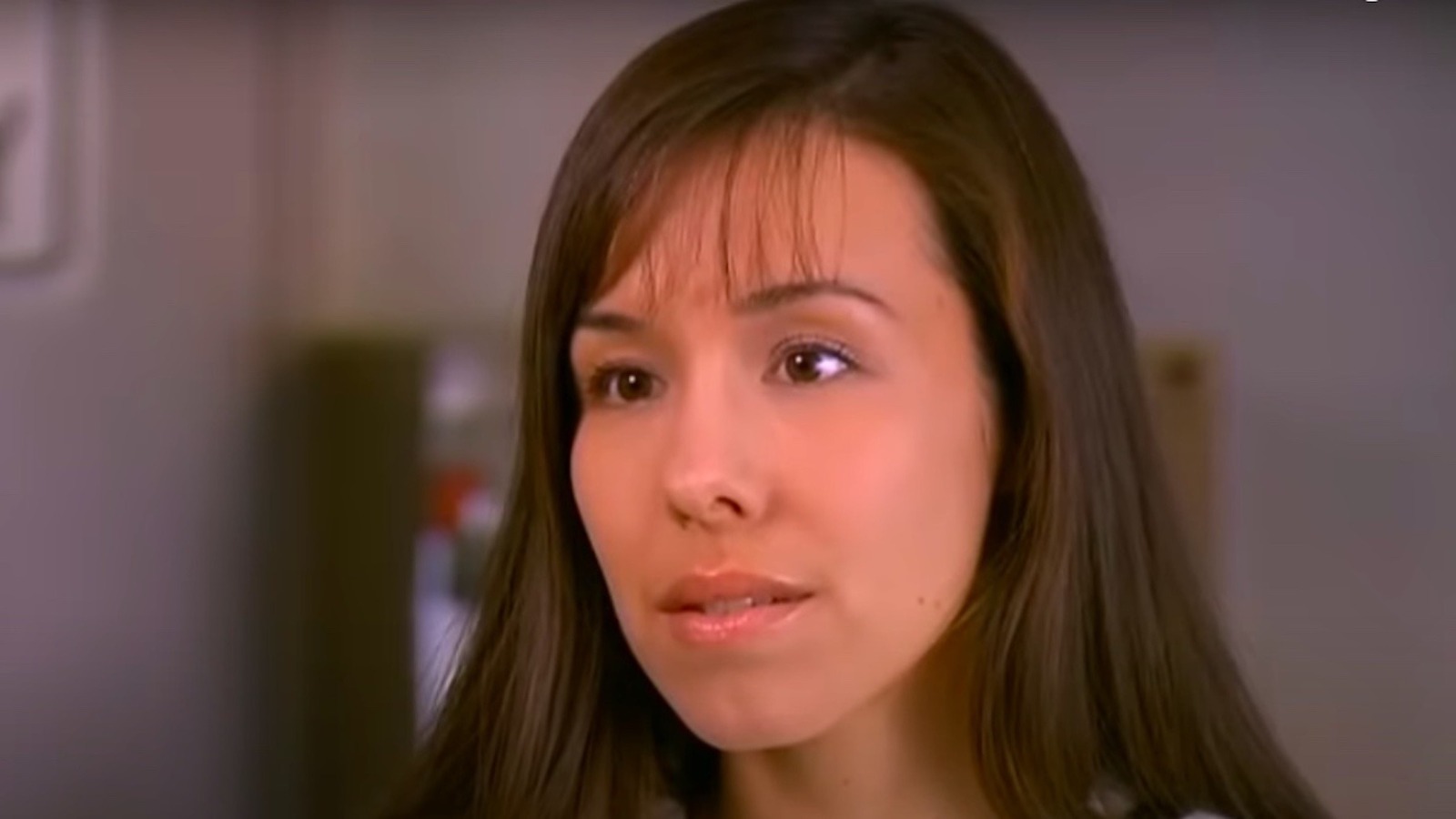On June 4, 2008, the brutal murder of Travis Alexander shocked the nation, catapulting the name Jodi Arias into headlines across the United States. The case, riddled with controversy, intense media coverage, and a labyrinth of evidence, remains one of the most talked-about criminal trials in modern history. Evidence photos of Jodi Arias played a pivotal role in shaping the narrative of this case, offering a glimpse into the events that unfolded on that fateful day.
The Jodi Arias trial became a spectacle, captivating millions of viewers worldwide as it unfolded on national television. The evidence presented during the trial, including photographs, testimonies, and forensic analyses, painted a complex picture of the events leading to Travis Alexander's death. These pieces of evidence sparked debates, divided opinions, and left many questioning the truth behind the case.
As we delve deeper into this article, we will explore the significance of evidence photos in the Jodi Arias trial, their impact on the legal proceedings, and the broader implications they had on public perception. Join us as we uncover the truth behind the infamous case and analyze the role of visual evidence in shaping the outcome of one of the most controversial trials in recent history.
Read also:Make A Statement Funny Tuxedos For Prom
Table of Contents
- Biography of Jodi Arias
- Timeline of the Crime
- Evidence Photos of Jodi Arias
- Forensic Analysis of the Photos
- Legal Impact of the Evidence
- Media Coverage and Public Reaction
- Ethical Considerations in Using Evidence Photos
- Psychological Insights from the Case
- Public Opinion and the Role of Evidence
- Conclusion and Final Thoughts
Biography of Jodi Arias
Jodi Arias, born on July 28, 1980, in California, is a central figure in one of the most sensational murder cases of the 21st century. Before her arrest, Arias led an unassuming life, working as a waitress and living in Mesa, Arizona. Her life took a dramatic turn when she was accused of murdering her ex-boyfriend, Travis Alexander, in 2008.
Early Life and Background
Growing up in a middle-class family, Jodi Arias exhibited no signs of the tumultuous life that awaited her. She attended school in California and later moved to Arizona, where she worked various jobs to support herself. Her relationship with Travis Alexander began in 2006, marking the beginning of a turbulent period in her life.
Biodata of Jodi Arias
| Full Name | Jodi Ann Arias |
|---|---|
| Date of Birth | July 28, 1980 |
| Place of Birth | California, USA |
| Occupation | Waitress |
| Education | High School Graduate |
Timeline of the Crime
The events leading up to the murder of Travis Alexander unfolded over a period of several months, culminating in the tragic incident on June 4, 2008. Understanding the timeline of the crime is essential to grasping the context in which evidence photos of Jodi Arias were collected and analyzed.
Key Events Leading to the Murder
- 2006: Jodi Arias and Travis Alexander begin their relationship.
- 2007: The relationship becomes increasingly volatile, marked by jealousy and possessiveness.
- May 2008: Arias visits Alexander's home in Mesa, Arizona, for the last time.
- June 4, 2008: Travis Alexander is found dead at his home, with evidence pointing to Jodi Arias as the primary suspect.
Evidence Photos of Jodi Arias
The evidence photos of Jodi Arias presented during the trial were some of the most compelling pieces of visual documentation in the case. These photos provided critical insights into the crime scene, the injuries sustained by Travis Alexander, and the movements of Jodi Arias in the days leading up to the murder.
Crime Scene Photos
Crime scene photos played a crucial role in the investigation, offering investigators a detailed look at the conditions of the crime scene. These images captured the bloodstains, the weapon used in the crime, and other physical evidence left behind. Forensic experts used these photos to reconstruct the events of the murder, providing a clearer picture of what transpired.
Forensic Analysis of the Photos
Forensic analysis of the evidence photos of Jodi Arias involved a meticulous examination of every detail captured in the images. Experts in the field of forensic science used advanced techniques to analyze the photos, identifying key elements that supported the prosecution's case.
Read also:Exploring The World Of Nina Yumi Of Ed A Comprehensive Guide
Techniques Used in Analysis
- Image enhancement to reveal hidden details.
- Comparison of photos with physical evidence collected from the crime scene.
- Reconstruction of the crime scene using 3D modeling based on the photos.
Legal Impact of the Evidence
The evidence photos of Jodi Arias had a profound impact on the legal proceedings of the case. They served as powerful tools in the prosecution's arsenal, helping to establish the timeline of events and corroborating witness testimonies. The jury relied heavily on these photos to make their decision, ultimately leading to a verdict that would change Jodi Arias' life forever.
Role of Photos in Conviction
The prosecution successfully argued that the evidence photos of Jodi Arias were instrumental in proving her guilt. These images not only demonstrated the brutality of the crime but also provided tangible evidence linking Arias to the murder weapon and the crime scene.
Media Coverage and Public Reaction
The Jodi Arias trial received extensive media coverage, with evidence photos of Jodi Arias frequently featured in news reports and documentaries. The public reaction to these photos was mixed, with some viewing them as irrefutable proof of guilt, while others questioned their authenticity and relevance.
Impact on Public Perception
The media's portrayal of evidence photos of Jodi Arias influenced public perception of the case, often shaping opinions before the trial concluded. The widespread dissemination of these photos sparked intense debates about the ethics of using graphic images in criminal cases.
Ethical Considerations in Using Evidence Photos
Using evidence photos in criminal cases raises important ethical questions. While these images can be invaluable in securing a conviction, they also have the potential to sensationalize the case and influence public opinion. Striking a balance between justice and ethics is crucial in cases like Jodi Arias.
Challenges in Ethical Use
- Ensuring that evidence photos are used solely for legal purposes.
- Protecting the privacy and dignity of victims and their families.
- Preventing the exploitation of graphic images for media gain.
Psychological Insights from the Case
The Jodi Arias case offers valuable psychological insights into the mind of a person accused of a violent crime. Experts have analyzed the behavior of Jodi Arias before, during, and after the crime, shedding light on the complex motivations behind her actions.
Understanding Motivations
Psychologists suggest that the relationship between Jodi Arias and Travis Alexander was marked by intense emotions, including jealousy and possessiveness. These factors may have contributed to the events leading to the murder, providing a psychological context for the crime.
Public Opinion and the Role of Evidence
Public opinion on the Jodi Arias case has been divided, with evidence photos playing a significant role in shaping these views. While some believe the photos prove Arias' guilt beyond a reasonable doubt, others argue that the case was more complex than the evidence suggests.
Shaping Public Discourse
The evidence photos of Jodi Arias have become a focal point in discussions about the role of visual evidence in criminal trials. They highlight the importance of presenting evidence in a way that is both compelling and ethical, ensuring that justice is served without compromising fairness.
Conclusion and Final Thoughts
The Jodi Arias case remains one of the most intriguing and controversial criminal trials in recent history. Evidence photos of Jodi Arias played a crucial role in shaping the outcome of the case, providing critical insights into the events surrounding Travis Alexander's murder. As we reflect on the trial, it is important to consider the ethical implications of using such evidence and the broader impact it has on public perception.
We invite you to share your thoughts on the case and the role of evidence photos in shaping the narrative. Your feedback is valuable in fostering a deeper understanding of the complexities involved in high-profile criminal cases. For more insights into the world of criminal justice, explore our other articles and resources.
References:
- ABC News. (2013). Jodi Arias Trial: A Comprehensive Overview.
- The New York Times. (2015). The Role of Evidence in the Jodi Arias Case.
- Forensic Science International. (2014). Analysis of Crime Scene Photos in High-Profile Cases.


